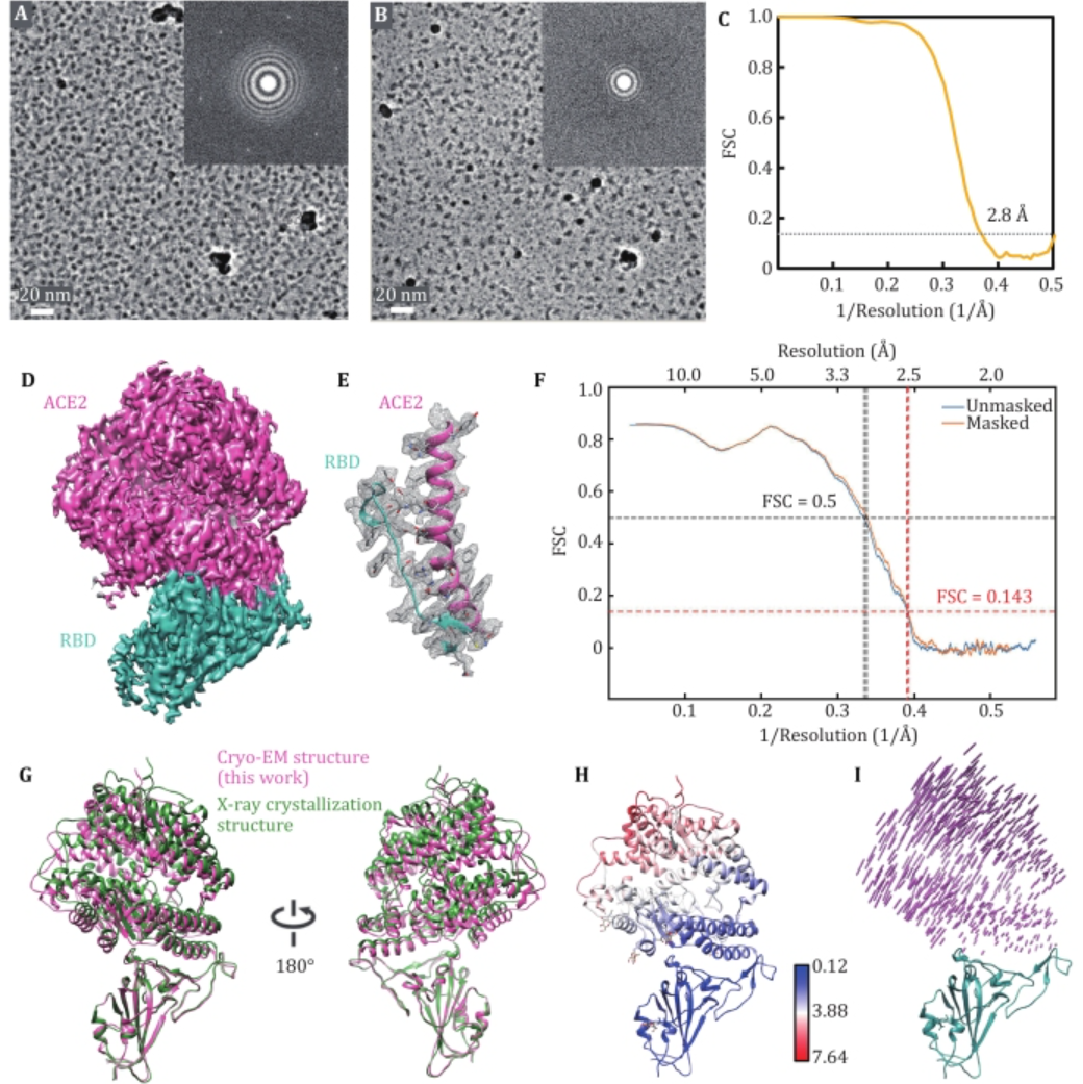Reduced Graphene Oxide Support Film Technology Service
The demand for ultrathin, conductive, and mechanically robust support films in high-resolution microscopy has led to the adoption of nanomaterial-based substrates—most notably, reduced graphene oxide (rGO). As a derivative of graphene with partially restored sp² carbon networks, reduced graphene oxide offers a unique balance of conductivity, electron transparency, surface functionality, and structural stability. These properties make reduced graphene oxide an ideal support film for transmission electron microscopy (TEM), cryogenic-TEM (Cryo-TEM), and scanning transmission electron microscopy (STEM), particularly in imaging radiation-sensitive materials and biological macromolecules.
Reduced Graphene Oxide Support Films provide low-background signal, enhanced mechanical integrity, and increased hydrophilicity compared to traditional amorphous carbon supports, thereby significantly improving signal-to-noise ratio and specimen adhesion. In structural biology, materials science, and nanotechnology, reduced graphene oxide is becoming a critical enabler of single-particle analysis, in situ catalysis studies, and beam-sensitive sample imaging.
Service at MtoZ Biolabs
MtoZ Biolabs provides high-performance Reduced Graphene Oxide Support Film Technology Service as an integral part of our Cryo-EM solutions. We deliver reduced graphene oxide-coated EM grids optimized for cryogenic electron microscopy, offering superior film uniformity, mechanical stability, and sample compatibility. Our cryo-EM-ready reduced graphene oxide support films enhance imaging contrast, reduce beam-induced motion, and improve sample retention—ensuring high transparency and reproducibility for single-particle analysis, tomography, and vitrified sample imaging.
Service Advantages
1. Reliable Quality
MtoZ Biolabs provides cryo-EM-ready reduced graphene oxide support films that are pre-screened for particle compatibility, surface uniformity, and low background, ensuring reliable performance.
2. Expert Support
Our service includes expert consultation to help clients choose suitable grid types, handle reduced graphene oxide films properly, and troubleshoot any challenges during vitrification or imaging.
3. Integrated Workflow
The Reduced Graphene Oxide Support Film Technology Service is seamlessly integrated into MtoZ Biolabs’ broader cryo-EM platform, enabling consistent workflows from grid provision to image acquisition and data analysis.
Applications
1. Low-Concentration Sample Support
Enables reliable imaging of biomacromolecules present at sub-micromolar concentrations by enhancing adsorption efficiency and minimizing sample loss during blotting.
2. Stabilization of Labile Complexes
Provides a more supportive, hydrophilic surface that helps preserve the native conformation of structurally fragile or aggregation-prone biomolecules.
3. Improved Visualization of Small Proteins
Facilitates the imaging of low-molecular-weight complexes (as small as ~100 kDa) by reducing background noise and enhancing particle contrast on the grid.
4. Mitigation of Preferred Orientation
Alters surface interaction characteristics to promote more random particle distribution, effectively alleviating orientation bias observed with conventional carbon grids.
Case Study
Improved Cryo-EM of Small Proteins Using Reduced Graphene Oxide Grids
To evaluate the effectiveness of rGO support films in preserving fragile protein complexes, researchers applied rGO-coated grids to prepare cryo-specimens of the receptor binding domain (RBD) of the SARS-CoV-2 spike protein in complex with the human ACE2 receptor (~95 kDa). On intact rGO films, the complex displayed high contrast, monodispersity, and minimal background noise, enabling successful 2.8 Å resolution reconstruction. In contrast, particles on broken or unsupported regions showed reduced density and background interference—likely due to air–water interface damage. These results demonstrate that rGO grids significantly enhance specimen preservation and image quality, particularly for small, sensitive biomolecules. This supports the value of MtoZ Biolabs’ Reduced Graphene Oxide Support Film Technology Service in high-resolution cryo-EM of virus-host complexes and other labile systems.

Figure 1. Cryo-EM Reconstruction of ACE2-RBD Complex Supported by Reduced Graphene Oxide Membrane
Reduced graphene oxide (rGO) support films represent a transformative upgrade for cryo-EM workflows, particularly when working with low-molecular-weight, structurally fragile, or beam-sensitive biomolecules. As part of MtoZ Biolabs’ comprehensive cryo-EM solutions, our rGO Support Film Technology Service delivers clean, reliable, and customizable support films tailored to the demands of modern electron microscopy. Get in touch with us to discuss your project.
How to order?







